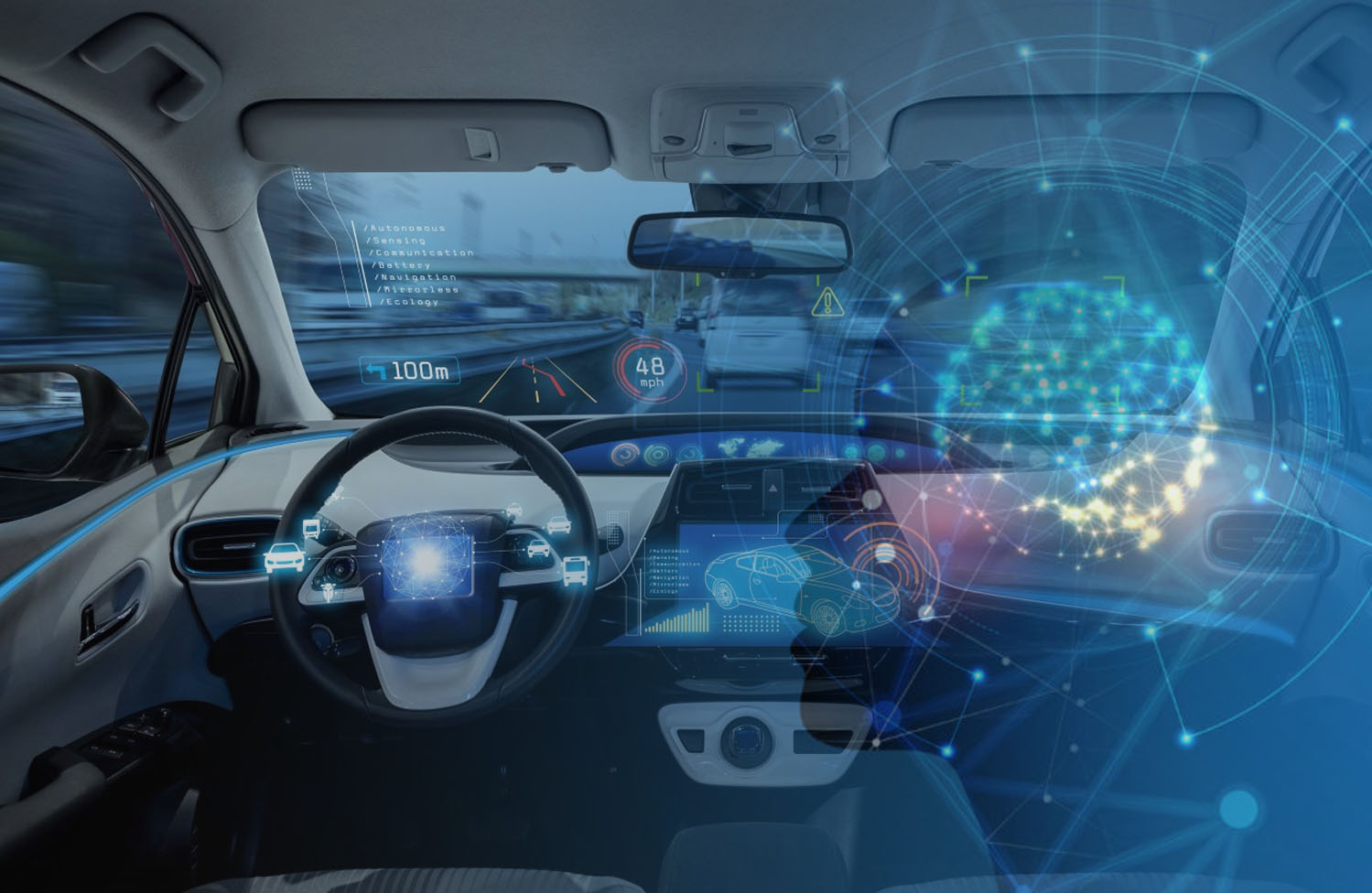Four score and many miles per gallon ago, society took a massive leap forward following the invention of the automobile. Trips that would otherwise take days on horseback or in horse-drawn carriages were reduced to hours thanks to the advent of the internal combustion engine.
In 1905, Henry Ford, and the Ford Motor Company released the first Model T, representing the first American-made automobile, as well as the beginning of Ford’s use of the assembly line. It has been said, by many theorists and data scientists, that humanity goes through a significant shift every hundred years or so, with that gap lessening over time.
Though it may seem foreign to people in modern society, there was a time when “jaywalking” wasn’t a fineable offense, and there was no such thing as “running a red-light.”
Interestingly enough, the “right of way” law we’ve all come to know and struggle with was invented so that horse-drawn carriages, which were still around at the time, could avoid engine-powered cars.
It was something to do with loud noises scaring the horses, it makes perfect sense. Generations have passed and we have become a people dependent on transportation, in all its iterations. Why spend months trying to make good on your promise to pursue manifest destiny when you can simply grab a seat on a Southwest flight?
Amidst all the constant movement and commotion, we’ve created a monster of an issue. Streets are overrun with automobiles, motorcycles, buses, and all three demons are contributing to polluting the air.
Avoiding the obvious tirade one could take in terms of environmental degradation, the problem is simply that there are too many cars being piloted by inefficient operators.
According to the National Safety Council, approximately 18,720 people died on U.S. roadways between January and June in 2018. An additional 2.1 million people were estimated to have sustained serious crash-related injuries during the first six months of last year.
If humans are anything, we smell terrible. Well, if we possess a second quality, it’s that we are inherently problem solvers. In the face of adversity, the great minds of our time have worked their cerebellums off to pioneer autonomous vehicular technology. In laymen’s terms, we’re talking about self-driving cars.
Though we’ve talked about companies who’ve invested in self-driving technology before, we’re focusing on what the rollout of this tech actually means for our future.
Artificial intelligence posits that technology will one day, if it hasn’t already, be able to make its own decisions based on feedback loops and other data. Tech experts refer to AI as “machine learning,” which is based on humans training computers to duplicate human intelligence and effectively “make decisions” with their own autonomy.
Artificial intelligence posits that technology will one day, if it hasn’t already, be able to make its own decisions based on feedback loops and other data. Tech experts refer to AI as “machine learning,” which is based on humans training computers to duplicate human intelligence and effectively “make decisions” with their own autonomy.
Taking this to a mind-altering place for one moment, several writers from TechCrunch suggested that issues related to patent laws could come to hinder the progress of AI-fueled tech. In the article, the authors suggest that because the “self-learning process of AI means that subject matter could be developed by the AI itself,” would that make the AI the inventor of the newfound answers?
Assuming for the moment that your brain hurts, allow me to explain. If machine-learning scientists accomplish what they’ve set out to do (i.e. create computers that can think for themselves), what’s stopping these sentient bots from making decisions that they think is best.
Take a self-driving car for example. Let’s say a family of four is driving down a highway in their self-driving vehicle, and they’re traveling at 65 miles per hour. A mile down the way, another vehicle, which is not self-driving is swerving in and out of lanes.
This car will collide with the self-driving car if nothing is done, so it is left to the AI to decide how to handle the situation. Now this could go a number of ways. The AI could decide to protect the family and swerve out of the way, but on the right of the car is a cliff, so this would be dangerous.
The self-driving vehicle could calculate a crash that would cause the least amount of harm and hit the oncoming vehicle, but this could injure the other driver.
Who would be at fault?





